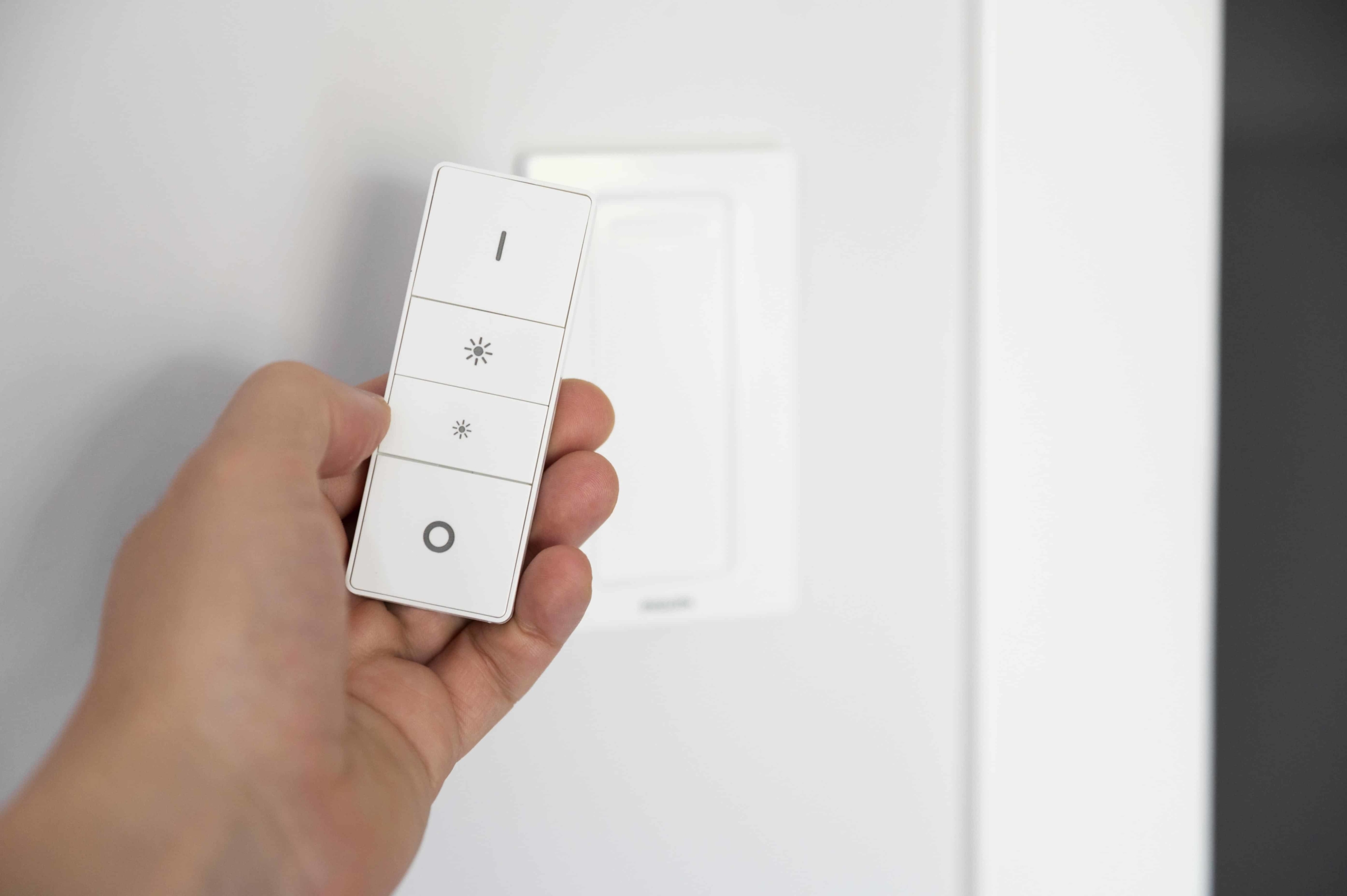Once upon a time, light switches were a necessary addition to a home. They were a functional aspect of your home that helped you turn your electrical appliances on and off. But now, switches are much more than functionality. They are home improvement products with a wide range of features, designs, and capabilities.
At its heart, a switch has a primary function – to complete a circuit and enable the flow of electricity when switched on. Turning a switch off breaks the circuit and stops the flow of electricity. But now that the market is overflowing with several types of light switches designed for different purposes, homeowners must understand them. It can help you choose suitable electrical wall switches for your needs.
Different Types of Light Switches
Understanding the different types of light switches can help you select the most appropriate electric wall switch for your lighting needs. Here is a look 9 different types of light switches:
- Single-pole Switch – A single-pole switch is one of the most common wall switches you may have seen. It has ON/OFF symbols clearly embossed on the face of the switch. The wiring in a single-pole switch has two brass-coloured screw terminals attached to hot wires. It does not have any neutral wire connection.
- Double-pole Switch – Double-pole switches are most appropriate for industrial applications. If you plan to install heavy-duty electrical appliances (needing 240 volts or more power), you can choose a double-pole switch for them. Electric furnaces, air conditioners, water heaters, or hot-tub heaters are suitable for double-pole switches.
- Three-way Switch – A three-way switch is usually used in pairs. It is helpful when you need two wall switches to control one light fixture or appliance, for example, at both ends of a staircase or in a room with two entries.
- Four-way Switch – A four-way switch is similar to a three-way switch and can be placed in three locations to control one light fixture or appliance. It is a switching device for traveller wires between the two three-way switches. It is used with three-way switches to create a circuit with three controlling switches.
- Smart Switch – A smart switch is a WIFI-enabled device that can be installed in the same location as a standard wall switch. It allows you to control your light fixtures or appliances in non-conventional ways, such as through a smartphone app or a voice assistant like Alexa.
- Dimmer Switch – A dimmer is a switch that allows you to adjust the brightness and intensity of your light fixture. There are many kinds of dimmers. For example, a rotary dimmer switch has a knob that you rotate to adjust the brightness level and press to switch the light on or off. You can find dimmer switches that are single-pole, double-pole and three-way.
- Wall-Control Dimmer Switch – A wall-control dimmer switch gives you the flexibility to adjust brightness levels, and it can also be programmed to turn on a combination of lights at the touch of a button. Use it to control more than one light in your room.
- Occupancy Switch – An occupancy switch is equipped with a sensor that detects when someone walks into a room and turns on the light. The light stays on for a preset amount of time, and if the sensor does not detect any motion for that period, it switches off the light to conserve power.
- Speciality Switch – Specialty switches are equipped with unique functionalities to serve different purposes in your home. Some speciality switches have timers that switch lights on or off based on the timing, and others have touchpads, time-delay mechanisms, and dimming functionalities.
Useful Features in New-Age Light Switches
Like choosing the suitable material and design for your home, choosing the best switches is an essential aspect of your living experience in a house. The wide range of choices may seem overwhelming. Fortunately, you can change your electric switches as per evolving needs.
Different types of switches offer different features to serve specific purposes in your home. Here are some switches with unique features that may be useful in your new home –
- Timer Switch – It can be programmed to switch on or off at a specific time.
- Motion Sensor Switch – An energy-saving solution that switches the lights on based on the movements in the room.
- Switch/Receptacle Combo – A built-in switch controls the receptacle in the enclosure box. You can also wire the switch using a jumper to control an additional load, such as a light bulb.
- Time Delay Switch – Time delay switches keep your lights or appliances on for a preset amount of time after they are switched on and then shut them off automatically.
Selecting light switches for your home should be based on practicality, budget, and aesthetics. Thankfully, a wide range of switches with different capabilities and designs can help you find the right type of light switches for your home. We hope this article has helped you understand the types of light switches, and you can use this information to find the best light switches per your needs.






